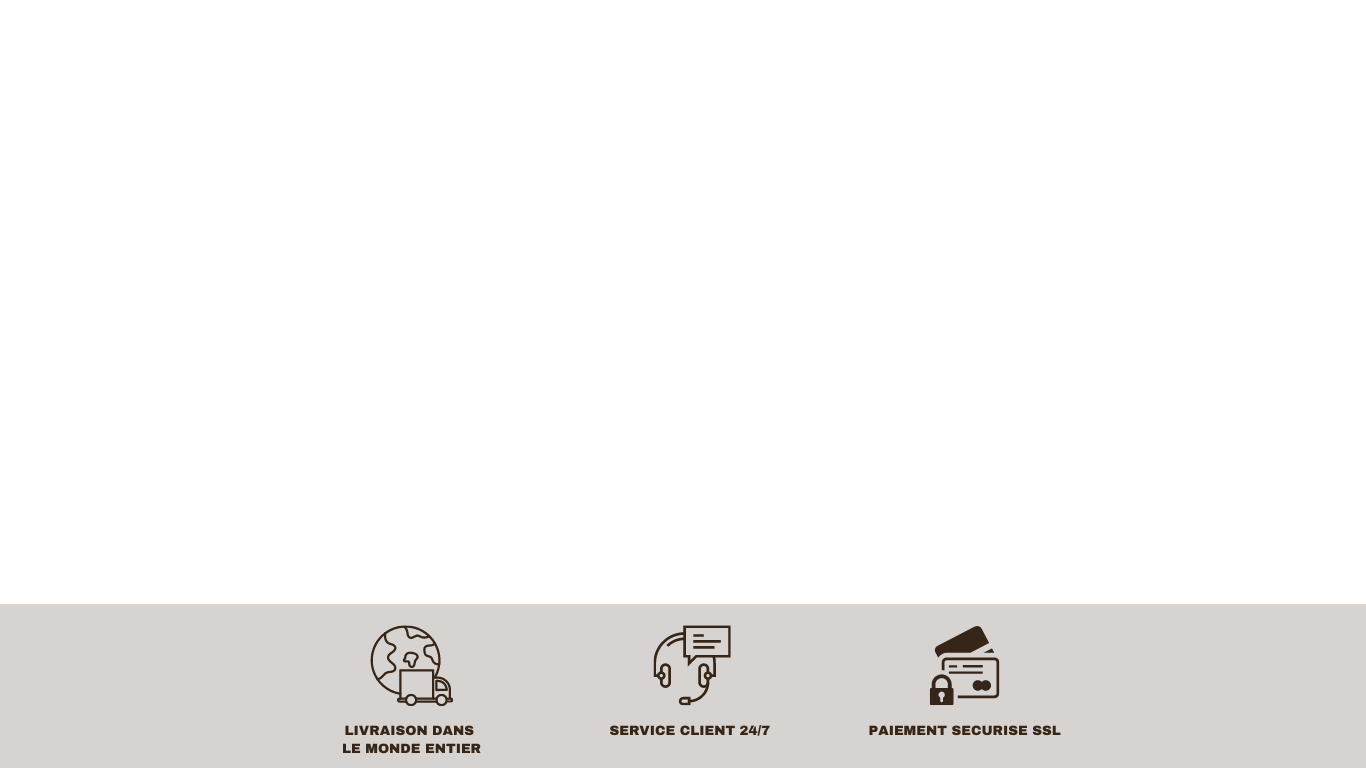Nos matières durables
Le concept de Les Toiles Blanches consiste à recycler les textiles et le linge ancien qui dorment dans les armoires en objets de décoration et en vêtements pour tirer partie de la noblesse de ces toiles tissées il y a parfois plus d'un siècle et offrir à ces merveilleuses matières une seconde vie.

Durant des siècles en France, le linge de maison ou trousseau fait partie du patrimoine d'une famille, on le stocke dans une armoire ou un coffre et il est chiffré, c'est à dire brodé des initiales de la maitresse de maison, car c'est à peu près la seule possession des femmes pendant des siècles, le seul bien qui les est autorisé à emporter lorsqu'elles sont répudiées ! Le lin est une matière millénaire, c'est aussi une affaire de femme.

Le lin
Le lin sert à confectionner les draps, les chemises et le linge d'office comme les serviettes, les nappes et les torchons. Relativement rigide et de couleur bis, le lin s'assouplit et blanchit au fil des lavages. Son tissage varie selon les utilisations. De qualité fine, souple, forte ou extra forte, le lin est vendu blanc, écru ou crémé, c'est à dire non blanchi. Pour le blanchir, on étend les toiles sur pré et on laisse la rosée et la lune blanchir naturellement le tissu. Je me sers du gros lin bien rustique pour fabriquer les sets de table, les tabliers, les grands objets déco comme les ours et les lapins. Au-delà de sa solidité, l'irrégularité dans le tissage apporte un charme fou je trouve.

Le fil de lin
C’est la plus belle qualité de lin jamais tissé. La toile est fine, fluide avec un touché soyeux. Une qualité réservée aux trousseaux raffinés et brodés. Je me sers de cette matière exceptionnelle pour confectionner les vêtements. Les tuniques enfants, mais aussi les blouses, les fichus et les robes. Le fil est une matière légère et respirante très agréable sur la peau.

Le métis
Les draps en métis, souvent brodés de jours échelle, deviennent courant à la fin du XIXe siècle. Ils sont également chiffrés comme les draps en lin et brodés de motifs. Pour mériter l'appellation métis, la toile doit comporter au minimum 45% de lin, le reste est en coton. Pas un drap en métis ne se ressemble tant le mélange et le tissage leur donne un aspect différent. Ce sont des toiles faciles à vivre, belles et résistantes qui peuvent être lavées un nombre infini de fois. Une matière parfaite pour les transformer en doudous naissance.

Le chanvre
C'est une toile très résistante qui possède un relief caractéristique. Les draps en chanvre ont longtemps été utilisés dans les campagnes et par les gens modestes. Leur couture au milieu témoigne d'un tissage très ancien sur des métiers qui n'excèdent pas un mètre de large. On les tisse à la main dans les campagnes et à l’est de l’Europe, on en fait des sacs à grains pour transporter de lourdes charges. Je les recycle pour confectionner mes grands sacs cabas et les trousses.

Le coton damassé
L'usage du coton apparaît à la fin du XIXème siècle et concerne le linge de table et les serviettes de bain. La nappe est blanche et damassée, c'est à dire tissée de façon à faire apparaître des dessins par contraste de mat et de satiné. Les serviettes de toilette en coton sont souvent en nid d'abeille, un coton gaufré dont le tissage rappelle les alvéoles des essaims d'abeilles. Elles sont parfois soulignées de liteaux rouges ou bleus, sont chiffrés au point de bourdon. Je les utilise pour fabriquer des objets de décoration.

Le lin damassé
On dirait de la soie tellement cette matière est soyeuse, mais c’est bien du lin dont il s’agit, une qualité fine, fluide et extrêmement durable. Je me sers du lin damassé, serviettes brodées, nappes, pour confectionner les robes de mes poupées, mais aussi des objets de déco, petits sacs de lavande…

Toile à torchon
Les toiles à torchons sont toujours tissées sur 70 cm de large environ pour coudre uniquement les bords supérieurs et inférieurs. Les toiles sont généralement en lin tissées avec des liteaux verticaux rouges en coton. Je m’en sers pour faire des trousses et des lapins, en jouant sur les liteaux.

Toile à matelas
Ce sont les toiles d'ameublement les plus courantes dans toute la première partie du 20ème siècle. Les tons sont sourds, sable, kaki, bronze, parfois même jaune, bleu ou rose, à motifs rayés ou floraux, ces toiles sont super solides et parfaites pour faire des doudous à toute épreuve…

Tissus anciens
Toutes les toiles utilitaires du début du 20ème siècle ont été tissées pour résister aux traitements les plus ingrats, couverture de cheval, travaux d'ameublement, couverture de sofa, chaise… J'adore quand elles sont rayées, j'aime les utiliser en mix and match sur un même doudou !

Textiles vintage
Plus récents, mais tout aussi intéressants, les cotonnades fleuries que l'on trouve tout au long du siècle dernier sont drôles à détourner en doudous. Je me sers de tout, torchons, rideaux, serviettes de table, dès qu'un imprimé fait surface dans une pile de linge ancien, je suis aux aguets !

Vêtements anciens
Lorsqu’ils sont abimés, je découpe dans les vêtements anciens les parties intéressantes, les bordures en dentelle, en festons, les boutons en nacre, les broderies et monogrammes des draps, des serviettes, des jolis morceaux que je réutilise dans la fabrication de mes poupées.

Dentelle
Dernière matière upcyclée, la dentelle que je commence à recycler en cols amovibles.
Bientôt en vente dans la catégorie Vêtements en lin !


